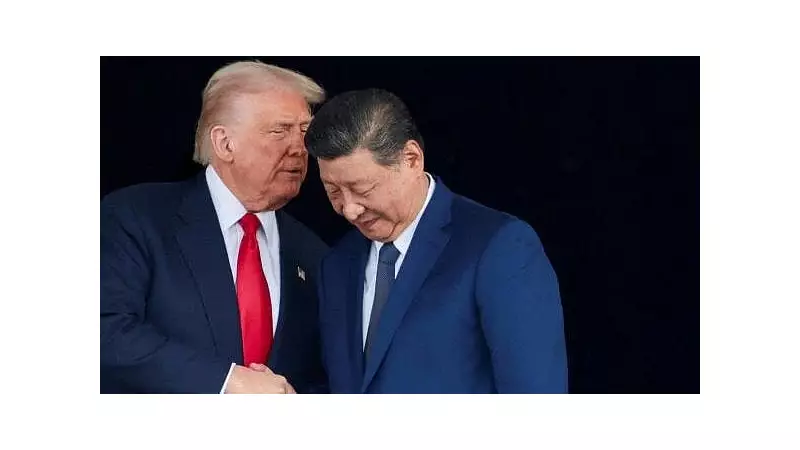
The high-stakes meeting between US President Donald Trump and Chinese President Xi Jinping at the G20 summit in Osaka has resulted in what analysts are calling a "temporary truce" rather than a permanent solution to the escalating trade war between the world's two largest economies.
The Osaka Agreement: What Was Decided?
During their closely-watched meeting, the two leaders reached an understanding that offers breathing space for both nations. The United States has agreed to hold off on imposing additional tariffs on approximately $300 billion worth of Chinese goods, while China has committed to purchasing more American agricultural products.
Perhaps most significantly, the Trump administration has temporarily relaxed restrictions on Chinese tech giant Huawei, allowing American companies to continue selling components to the telecommunications behemoth. This concession represents a notable shift from Washington's previously hardline stance toward the company it had blacklisted over national security concerns.
Why This Is a Pause, Not Peace
Despite the positive optics, trade experts and political analysts remain cautious about declaring the trade war over. The fundamental issues that sparked the conflict remain largely unresolved, including:
- Intellectual property theft concerns that initially triggered US tariffs
- Forced technology transfer requirements for foreign companies operating in China
- Industrial subsidies that give Chinese companies unfair advantages
- Market access restrictions facing American businesses in China
As one trade analyst noted, "The can has been kicked down the road, but the road still leads to the same destination of strategic competition between the two powers."
The Broader Geopolitical Context
This temporary truce occurs against a backdrop of deepening strategic rivalry that extends far beyond trade. The United States and China are locked in competition across multiple domains:
- Technological supremacy in areas like 5G and artificial intelligence
- Military influence in the South China Sea and beyond
- Global governance and international institution leadership
- Economic dominance in emerging markets and developing nations
These underlying tensions suggest that even if a trade deal is eventually reached, the broader US-China competition is likely to continue shaping global politics for years to come.
What Comes Next?
The temporary reprieve sets the stage for renewed negotiations, but the path forward remains uncertain. Both leaders face domestic pressures that could complicate reaching a comprehensive agreement. President Trump must balance his "America First" agenda with economic concerns from American farmers and businesses affected by Chinese retaliation. Meanwhile, President Xi cannot appear to be making concessions that might be perceived as weakness by nationalist elements at home.
The world will be watching closely as working-level talks resume, knowing that the outcome will have profound implications for the global economy and international order.





